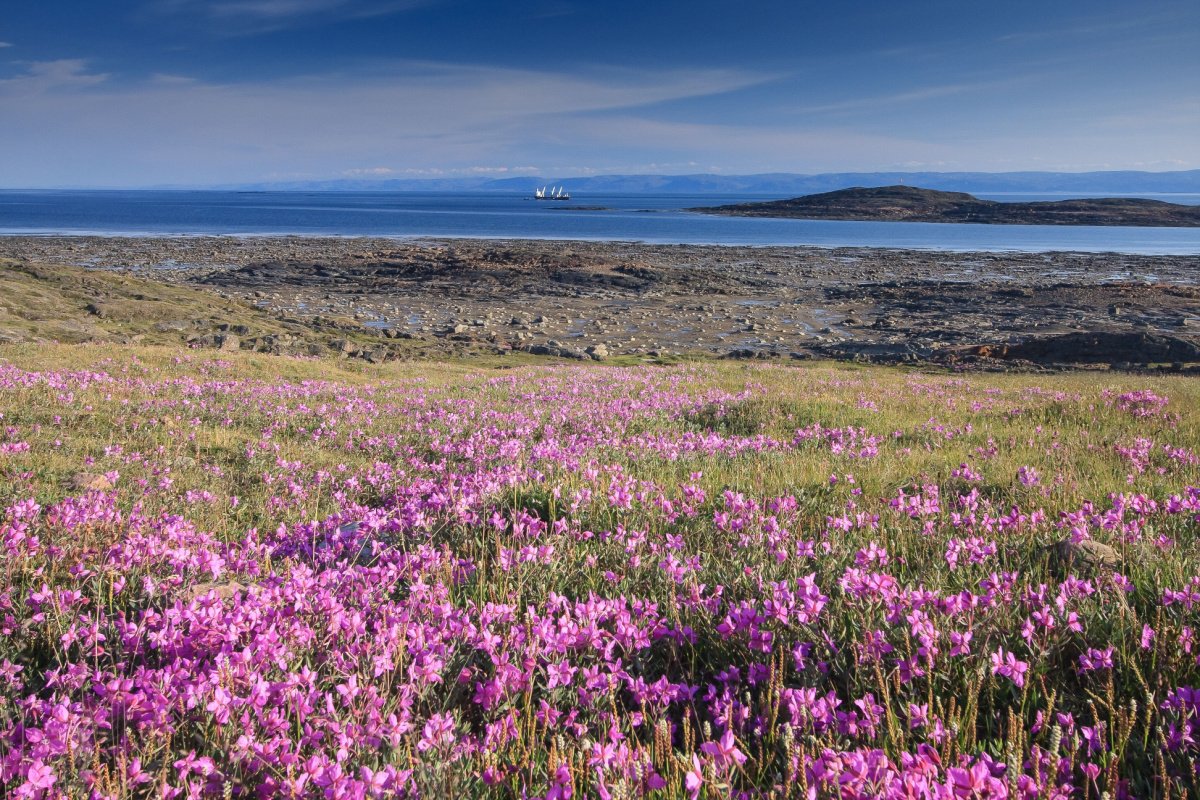Once you explore the Northern Territory of Nunavut, you will discover the province's hidden gems. While it may be less known to immigrants compared to the bigger cities in Canada, Nunavut offers a wealth of career options and lifestyle choices, enabling you to build a long-term sustainable life for yourself and your family.
Let's take a closer look at what this province has to offer!
About Nunavut
While the Inuit descent may be a bit unclear, it has been discovered that people have been living in the Canadian Arctic Archipelago for more than 4,000 years. The Inuit sustained their lifestyle through trapping, hunting and fishing, which was used for clothing and food.
However, when explorers landed in the area with diseases, the Inuit made contact, and in turn, diseases spread, reducing the population in the 19th century. As a result, the fur trade began to take the forefront in the arctic in the 20th century. Still, before the trade was established, the Inuit adapted and relied on external sources to sustain themselves.
Where is Nunavut on the Map
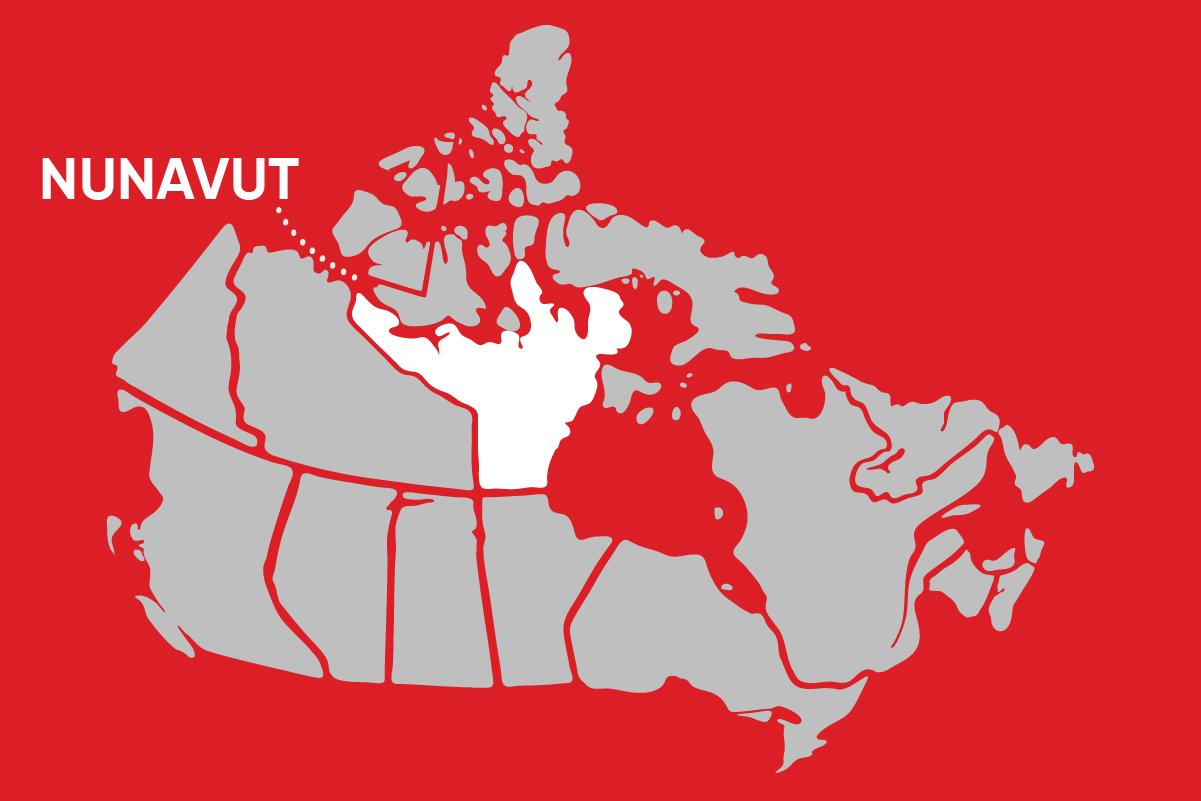
Being a vast territory of Northern Canada, you will find Nunavut expanding across the Canadian Arctic, covering the lands of the indigenous people of Arctic Canada (the Inuit). As the largest Canadian territory, which borders Northwest Territories, Manitoba and Hudson Bay, the province is home to Aurora Borealis, polar bears and natural resources. And if you are traveling towards the North of Grise Fiord, you will be in awe of the 24 hours of darkness during December. The province is a sparsely populated territory, while Iqaluit (Frobisher Bay), Rankin Inlet, and Arviat tend to be more populated.
Economy and Industries in Nunavut
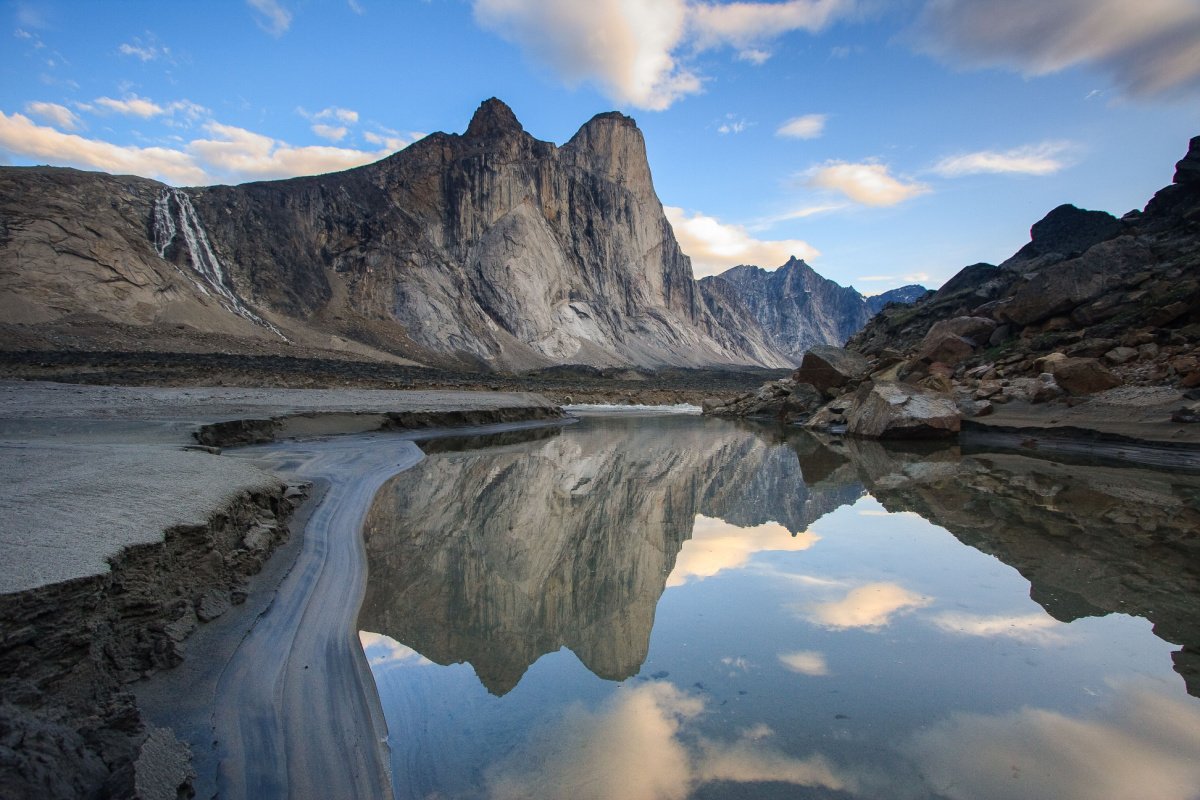
The economy is mainly driven by industries such as mining, fishing, hunting, trapping, construction, and arts and crafts. The province's natural resources would be gold, copper, and diamonds, along with lead, zinc and silver, also being popular mined resources.
So, you're ready to immigrate to Nunavut and believe you have the valuable skill set to contribute to the economy and fulfil the province's labour market needs. Below we've listed some current active jobs in Nunavut which may be suitable for you:
Dishwasher
- Salary: $19.00 hourly for 35 to 40 hours per week
- Salary: $17.00 hourly for 35 to 40 hours per week
Retail merchandiser
- Salary: $66,560 annually for 40 hours per week
Computer systems analyst
- Salary: $41.03 hourly for 40 hours per week
Electrician, building construction
- Salary: $37.00 to $40.00 hourly for 60 hours per week
Aircraft Maintenance Engineer
- Salary: $77,098 annually
Land Specialist
- Salary: $71,599 annually
While the jobs mentioned above may not be available by the time you search for a job, the province is constantly searching for new market needs and therefore, we advise you to keep a close eye on the Canada Job Bank site for your convenience.
Climate and Weather in Nunavut
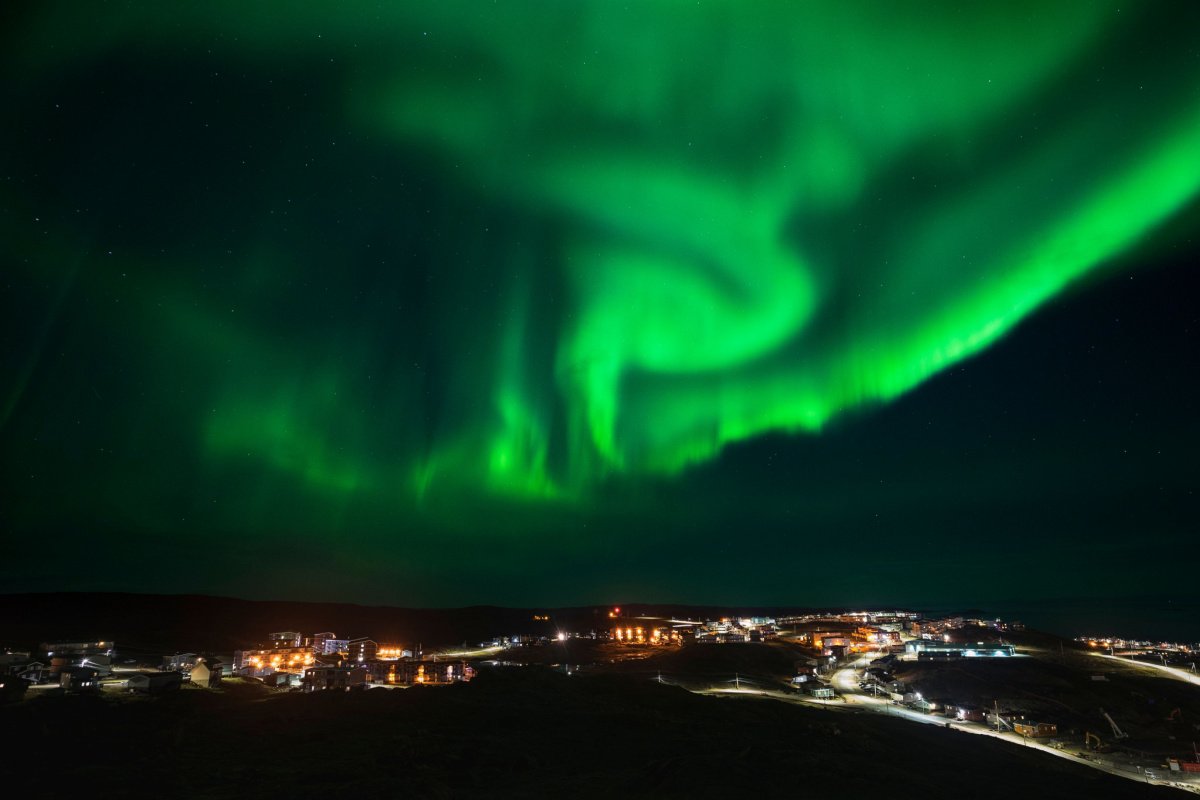
Because the territory is positioned within the Canadian Arctic, weather in the region can be icy in winters and cold summers. For example, in January, you can expect an average temperature of −30 °C in the coastal areas of the east, while the North and Northwest of Hudson Bay can call for an average of −35 °C. Conversely, in July, the West of Hudson Bay can be above 10 °C, and the Northeastern coast of Baffin Island can rise above 5 °C. Therefore, the best time to visit Nunavut would be from March to April or August to October, while November and December can call for very dark, cold days.
Cost of Living in Nunavut
If you want to live and work in Nunavut, you may be interested in knowing about the basic expenses so you can budget accordingly. Below we give you a breakdown of the cost of living by utilizing various factors that can influence your expenses.
| Category | Average monthly costs |
|---|---|
| Average Monthly Net Salary (After Tax) | $2,035.79 |
| Mortgage Interest Rate | Yearly, for 20 years fixed-rate:5.79% |
| Apartment (one bedroom) in City Centre | $$1,583.39 and apartment (one bedroom) outside of Centre: $1,884.99 |
| Childcare - Preschool (or Kindergarten), full day, private, monthly for one child | $1,884.99 |
| Basic utilities (Electricity, Heating, Cooling, Water, Garbage) for 85m2 Apartment | $263.9 |
Source: Costoflive.com
Immigration or Dedicated Visa Programs
Below are some of the immigration pathways you can use to immigrate to Nunavut:
Express Entry system
This is a points-driven system which is aimed at yielding quick immigration results. The system comprises three flexible immigration programs under one Express Entry umbrella. Simply find out more about Express Entry and how to create an Express Entry profile.
The Northwest Territories (NWT) Express Entry
This category is for skilled workers with an Express Entry profile and is ideal for those who want to live and work in Nunavut. The program targets skilled workers who also want permanent residency, and the candidate will receive 600 points in the Express Entry pool. Below are the relevant criteria under NWT Express Entry:
- Be accepted into the Express Entry Pool.
- Have an Express Entry profile on the system.
- Either secure a job offer and have a Job Seeker Validation Code, and
- Ensure you meet the criteria of the Skilled Worker stream.
If you're uncertain about the way forward, simply speak to our immigration experts, who can advise and guide you throughout the process about the most suitable program.
Demographics
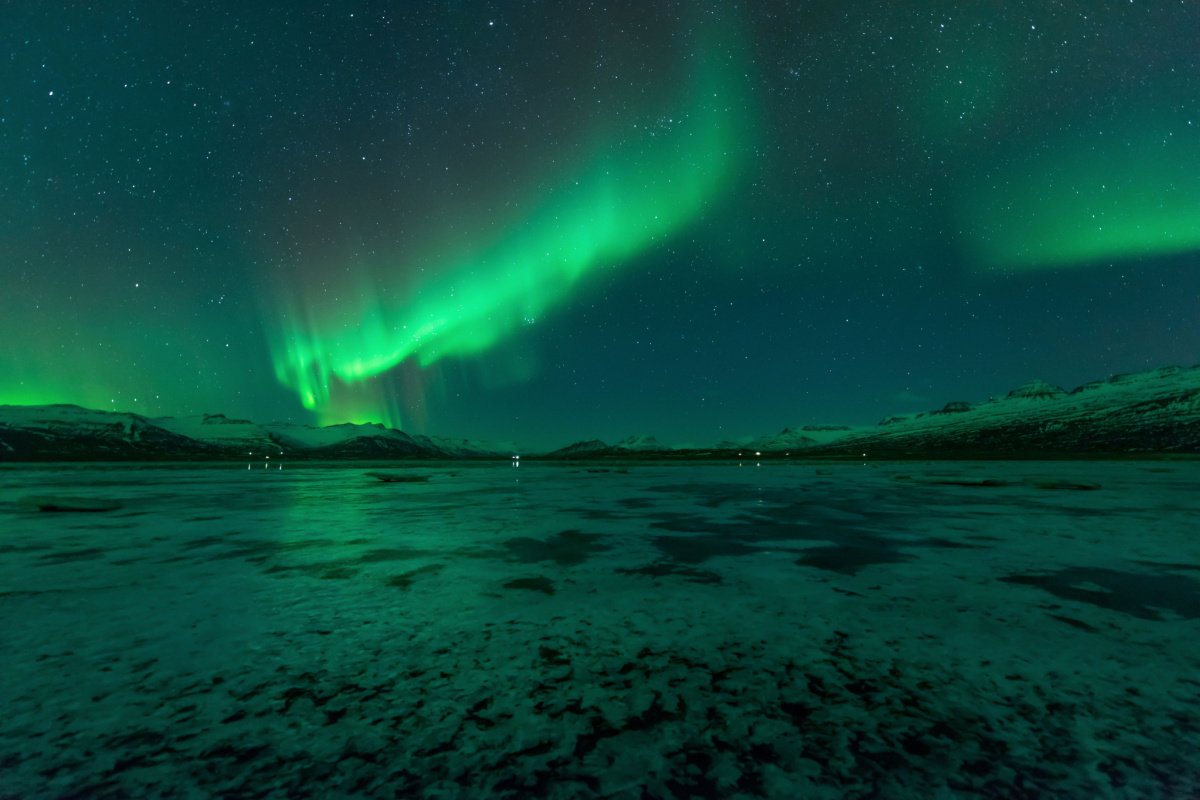
According to Britannica, the Inuit population is growing exponentially, and the age group is generally younger than the rest of Canada, with more than one-third of the population younger than 15 years. Nunavut's population consists mainly of the Inuit of European descent with several dialect groups.
The Inuit have two writing systems, namely roman letters and syllabic systems. The government of Nunavut recognizes the Inuinnaqtun, which is the dialect of the Inuit, as one of the territory's main languages, being Inuktitut, English, and French.
Currently, the dialect groups in Nunavut are primarily descended from the Thule culture, which developed along the Canadian Arctic. This group arrived in Nanavut about 1000 years ago.
Education in Nunavut
Nunavut Arctic College (NAC)
While there are no universities in Nunavut specifically, the Nunavut Arctic College would be your go-to institution to further pursue your studies. As the largest post-secondary service region in Canada, the college addresses the educational needs of adults and the post-secondary educational needs of the residents of Nunavut.
According to Uarctic, NACconsist of approximately 250 staff, expanding to 25 communities of Nunavut with three regional campuses and 22 Community Learning Centers in the rest of the communities. The territory also encompasses a school, namely, Quluaq School in Clyde River from KindergartenKindergarten through grade 12.
As per the information on the UArctic, NAC offers programs in the following fields:
- Health
- Education
- Law
- Culture
- Arts
- Business
- Trade & Technology
- Apprenticeship programs.
Major Cities in Nunavut
Cambridge Bay
Home to the Inuit for over 4,000 years, it continues to be close to the hearts of the Inuit. The city values tradition and culture while maintaining a solid connection to the land and wildlife - it remains to take the forefront of Arctic science and technology research in the Canadian Arctic.
Iqaluit
Located on Baffin Island, this city is dynamic and active in the political, business, journalism and transportation sphere. The city also boasts a lovely airport, huge enough to land the space shuttle and is often used to test new aircraft. The city is also well-renowned for its culture and tradition by the Inuit, and it's the hub for Inuit filmmakers, artists, musicians and festivals.
Rankin Inlet
Located on the West coast of Hudson Bay, this city is the transportation, health services, and business hub of the Kivalliq Region of Nunavut. Stemming from a rich mining history, most Inuit children and grandchildren are still working in mining and related industries for the Meadowbank Gold Mine and other mineral projects.
Arviat
Being one of the most accessible Inuit communities and the second-largest community in Nunavut, this city is located on the Western shores of Hudson Bay. The city boasts a wealth of barren lands, wildlife and majestic landscapes with lakes and ponds, coupled with its traditional roots in arts and crafts.
Things to do in Nunavut
Whether you're settling or traveling around the territory, we break down some of the top must-see tourist attractions in Nunavut below.
Baffin Island
Explore the island's spectacular landscapes and the hospitable Inuit people who bring loads of culture. If you are looking for a laid-back experience in a less crowded place, then Baffin Island may be for you. As the fifth largest island in the world, the island boasts loads of stunning scenery that gives you a Norway atmosphere, with luscious mountains reaching a whopping height of 2,591 meters in Auyuittuq National Park.
Auyuittuq National Park
In direct translation, this is known as the "land where it never thaws." You can get the ice age feel in this area with the Penny Ice Cap, which takes up most of the park. Immerse yourself into the striking mountains, with Mount Asgard standing out at most. You can enjoy adventurous hiking on Mount Thor, which is marked by its rock climbing.
Iqaluit
Located at the end of Frobisher Bay, the Inuit name means "many fish." This area used to be home to whalers, scientists, traders and missionaries, but in 1984, the area transformed into a U.S military airfield, and so the community population increased. Today it is a modern town with decent infrastructure, encompassing hotels, schools, a hospital, a cathedral and much more.
Ellesmere Island
This island is the second-largest island after Baffin Island and is situated on the Canadian archipelago. It was first discovered by the American explorer Robert Peary who walked to the North Pole in 1906. To the North of the island, you will find Quttinirpaaq National Park, known for its breathtaking mountainous hiking trails, making it the ideal paradise for outdoor enthusiasts.
Pros and Cons about Nunavut
Pros
- Natural beauty
- Rich in culture
- The largest province in Canada
Cons
- Not a lot of places to go and shopping
- Public transport is not as effective
- Higher cost of living
Immigrate to Nunavut Today
Nunavut has a lot to offer for those looking for a unique experience. We have provided you with the necessary resources and information about Nunavut to ensure you have the necessary support and guidance. We urge applicants to conduct the necessary research on their chosen Canadian province before settling in Canada. We’d like to remind candidates to remain honest and thorough when filling out their applications. Failure to do so will delay processing times, and your application will return to you.
FAQS
Is it Always Cold in Nunavut?
Weather in this territory, depending on the season, can be pretty harsh, especially during the winters, and summers can also be mild to cold.
Do They Speak English in Nunavut?
The government of Nunavut recognizes the Inuinnaqtun, which is the dialect of the Inuit, as one of the territory's main languages, being Inuktitut, English, and French.
What Food is Nunavut Known For?
A vital staple is Caribou, a leaner meat but high in protein. The meat is usually cooked in a stew, soup, raw or fermented.



